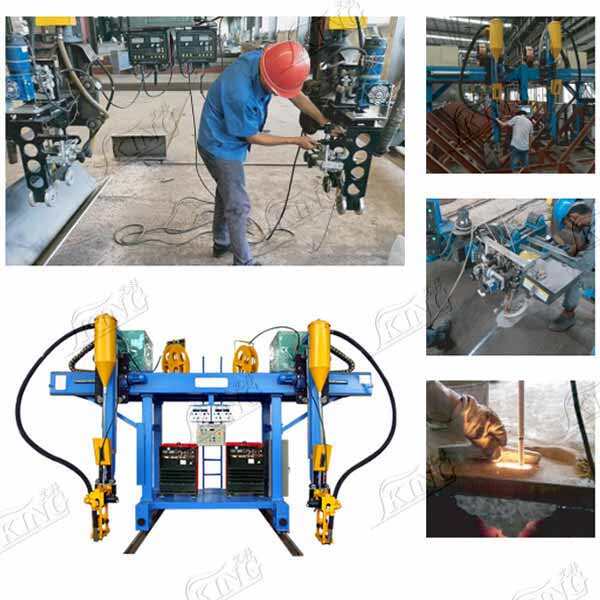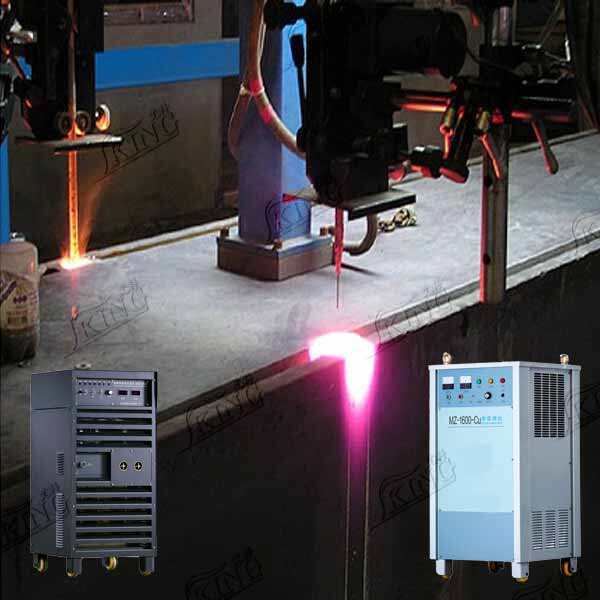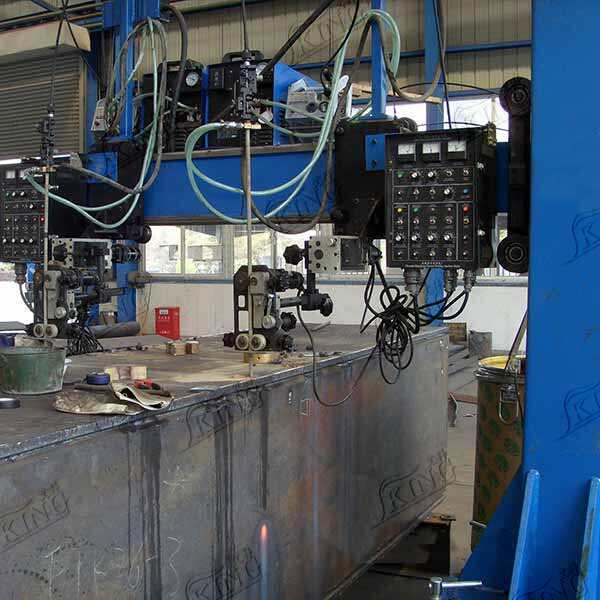top rated electroslag welding
Electroslag welding (ESW) represents a highly advanced and efficient welding process that has revolutionized heavy-duty industrial welding applications. This sophisticated welding technique utilizes electrical resistance heating and a molten slag bath to join thick metal plates in a single pass. The process begins with an initial arc that heats a conductive slag pool, which then maintains its temperature through resistance heating as current passes between the electrode and the workpiece. The molten metal from the continuously fed electrode drops through the slag pool and solidifies to form the weld. This method is particularly notable for its ability to create high-quality welds in materials ranging from 1 to 12 inches in thickness, making it ideal for heavy industrial applications. The process operates in a vertical position and requires minimal joint preparation, significantly reducing labor costs and processing time. Modern electroslag welding systems incorporate advanced controls for monitoring and adjusting welding parameters in real-time, ensuring consistent weld quality and performance. The technology has found widespread use in various industries, including shipbuilding, heavy equipment manufacturing, and structural steel construction, where it excels in joining thick plate sections with exceptional efficiency and reliability.


